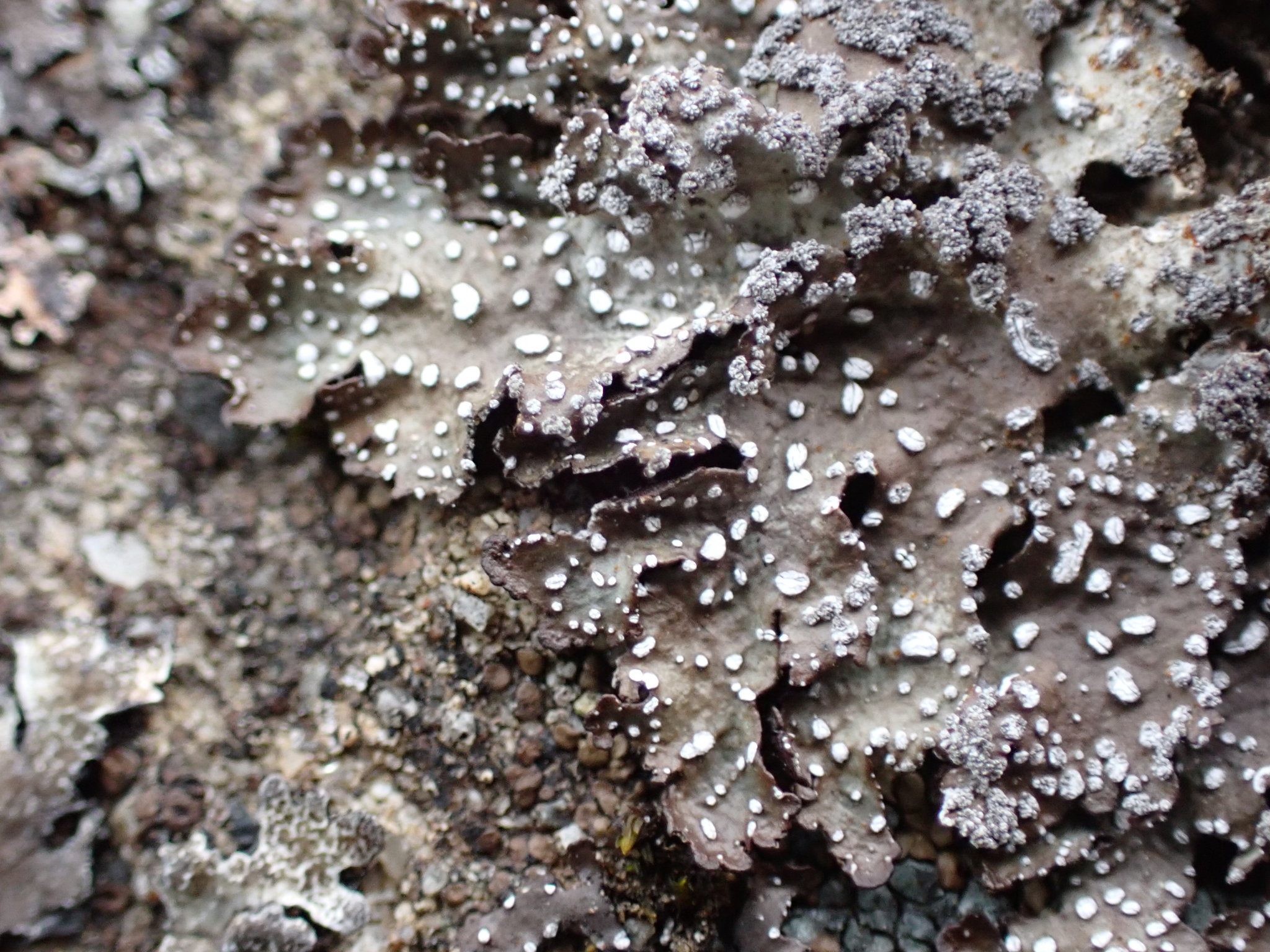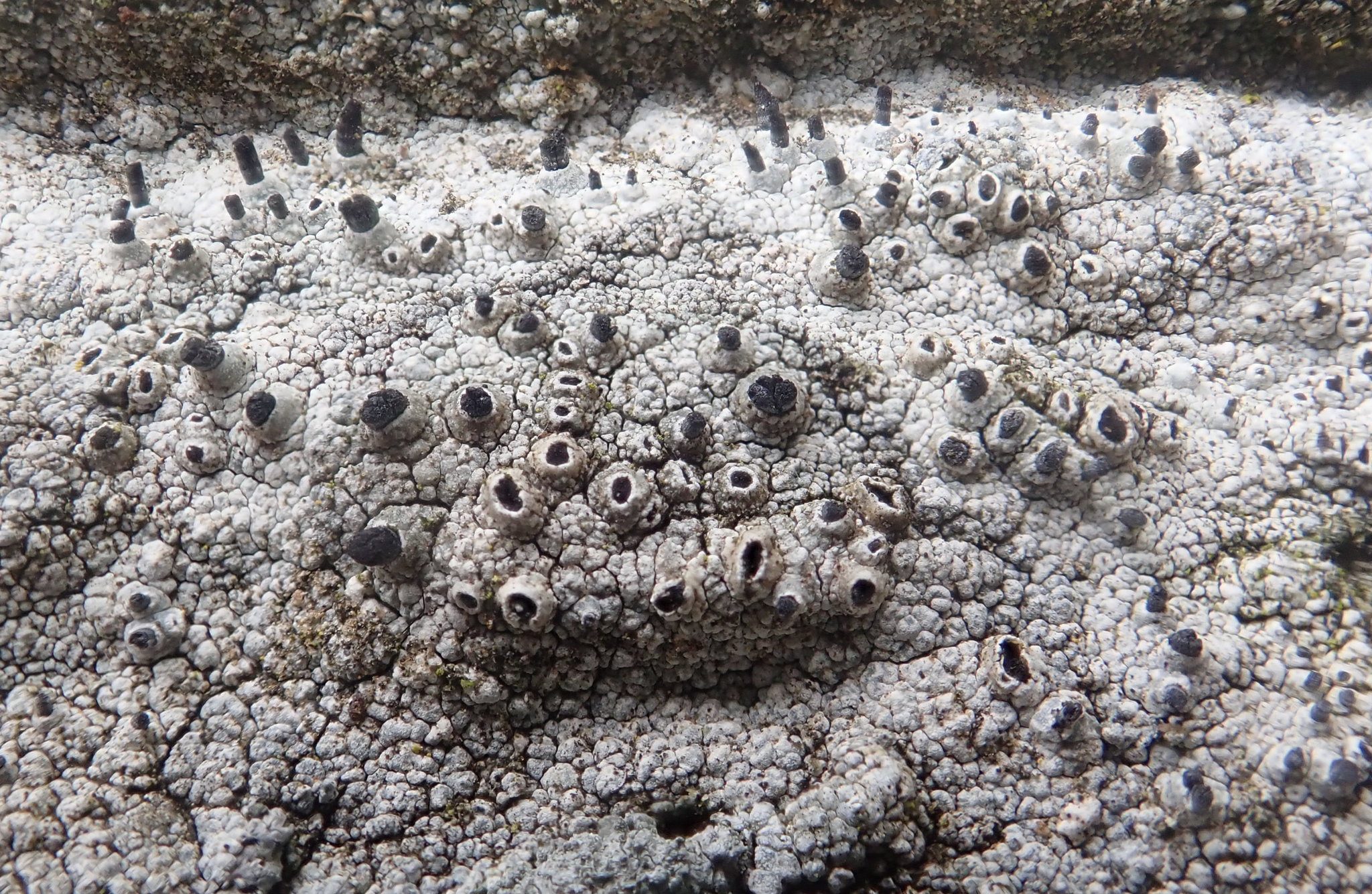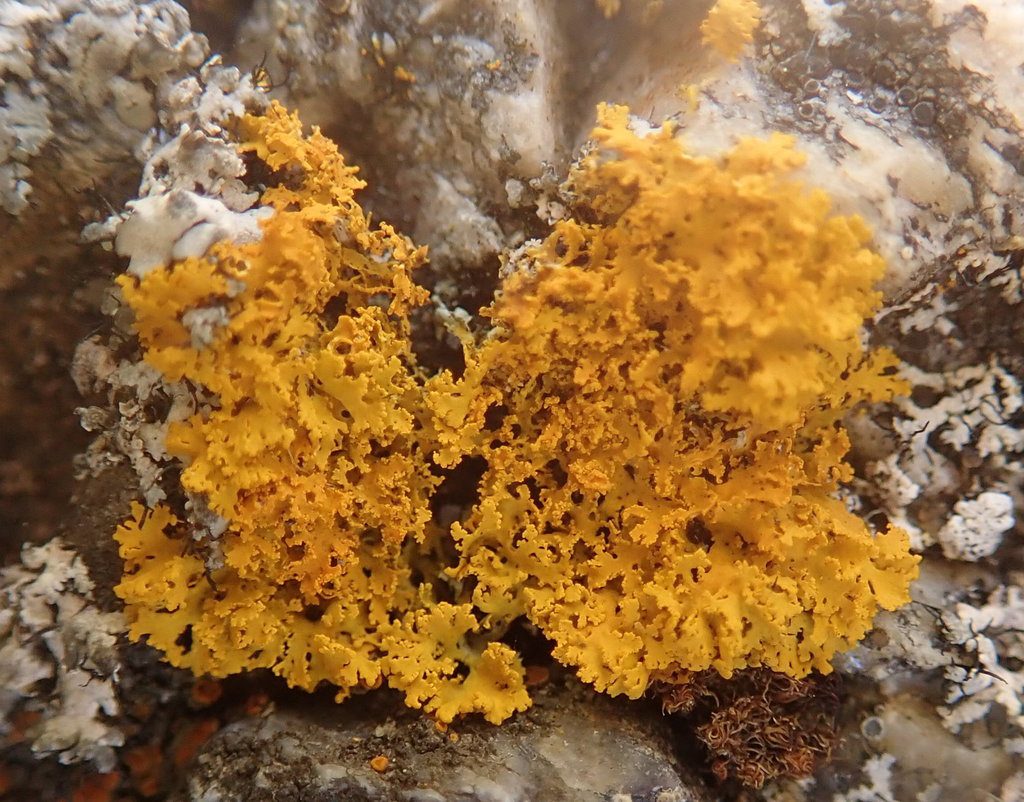Maritime Lichens of the Salish Sea
Lichens are able to colonize bare rock communities and live in harsh, nutrient-poor environments on account of their ability to photosynthesize and absorb ambient nutrients from the atmosphere, incident waters and their substrate. In shoreline environments, these lichens form habitat and fodder for a variety of invertebrates and plants at a scale that is easily overlooked. Because of various stresses such as sun and saltwater exposure, these lichens form communities in unique microenvironments along the coast. Such patterns are understudied in the eastern Pacific. The coastal rock exposures of the Salish Sea provide an excellent living lab for understanding patterns of maritime lichen diversity. This study aims to document the maritime species richness and distribution across the shales, sandstones, conglomerates, gneisses, basalts, gabbros, granitoids, limestones and marbles along the coastlines from Cortes Island to the Southern Gulf Islands. Results will be compared amongst localities within the Salish Sea to determine if and how community composition is governed by substrate chemistry and texture. This study also aims to provide a basis for further comparison to patterns of maritime lichen distribution elsewhere around the world.
Partners
Randal Mindel, Andrew Simon | IMERSS
Status
Project Initiated November 2020
Current status: Ongoing





